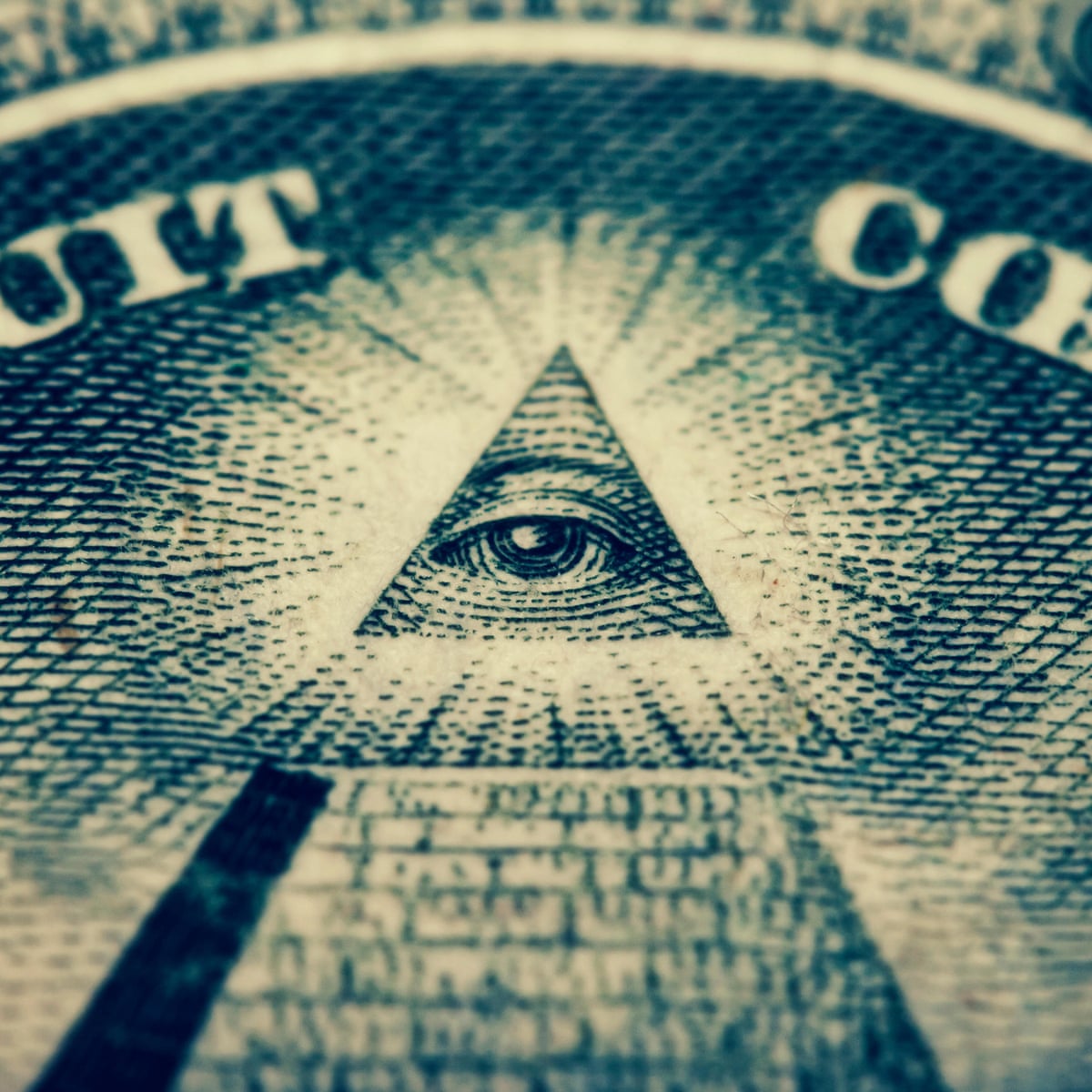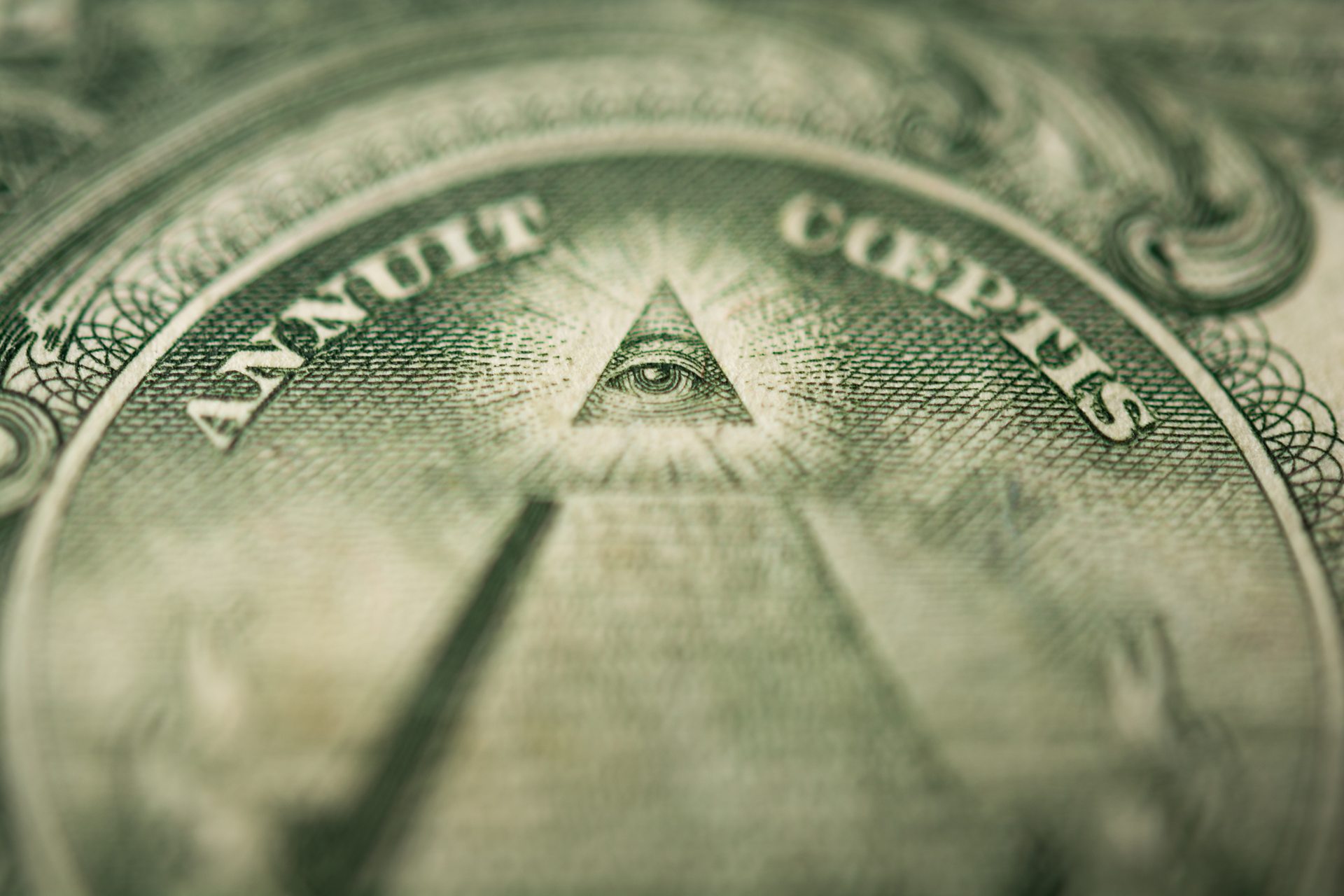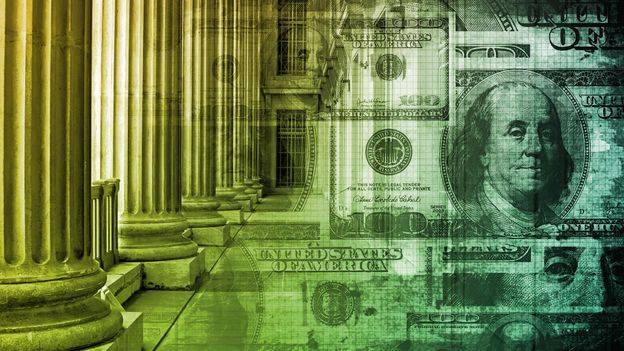The Ultimate Guide to Understanding How to Become a Freemason Step-by-Step
Wiki Article
Discover the Tricks Behind the copyright and Their Influence on Society
The copyright, usually shrouded in misconception and conjecture, provides a fascinating study of just how historic suitables can morph right into modern-day conspiracy concepts. Started among the Knowledge's embrace of factor, this secret society intended to test the condition quo, yet it has actually since come to be associated with concepts of covert power and control. As we discover its origins, impact on cutting edge thought, and representation in modern society, we begin to discover the layers of intrigue that remain to mesmerize culture. What remains unsure, nevertheless, is just how these perceptions shape our understanding of authority and transparency today.Beginnings of the copyright
The copyright, often shrouded in secret and conjecture, traces its beginnings back to the late 18th century. Established in 1776 in Ingolstadt, Bavaria, the team was founded by Adam Weishaupt, a professor of canon law. Weishaupt aimed to promote Knowledge values, including reason, secularism, and the splitting up of church and state. Initially called the Bavarian copyright, the organization's main purpose was to counter the fundamental impact of spiritual conviction and promote intellectual discourse amongst its members.The copyright took on an ordered structure, attracting motivation from Freemasonry, which enabled for secretive conferences and rituals - how to become a freemason. Subscription was selective, including significant numbers from different areas, including national politics, philosophy, and scientific research. This elite network looked for to effect social and political modification via private ways, promoting for the rights of people and the improvement of society
Despite its relatively brief existence, the Bavarian copyright was formally dissolved in 1785 due to government suppression. Nonetheless, its tradition withstood, providing surge to many conspiracy concepts and prominent culture references that remain to prompt intrigue and debate regarding its impact on modern culture.
Secret Misconceptions and Mistaken Beliefs
Among the appeal of privacy surrounding the copyright, many myths and false impressions have arised, frequently misshaping the team's real nature and intentions. One prevalent myth recommends that the copyright regulates the globe's governments and economic situations. While it holds true that the group intended to influence societal frameworks, the idea that it runs as a cohesive international creature master is greatly overstated.An additional typical false impression is that all members of the copyright have huge wide range and power. In truth, the initial copyright consisted of intellectuals and Enlightenment thinkers, a number of whom looked for reform instead of prominence. The idea that the copyright specifically hires celebs and political figures is misguiding; subscription has actually traditionally consisted of a varied array of individuals.
In addition, conspiracy theories usually repaint the copyright as an evil-minded company intent on worldwide supremacy through dubious means. Thus, separating reality from fiction is crucial for a more clear understanding of the copyright's role in society.
Historic Impact on Culture
Throughout background, numerous intellectual activities have greatly influenced societal structures, and the copyright played a significant duty during the Knowledge. Established in 1776 in Bavaria, the copyright intended to promote reason, secularism, and the questioning of developed authority, responding to the supremacy of spiritual dogma. This company attracted prominent thinkers and advocates of freedom, promoting an environment for the dissemination of Enlightenment perfects.The copyright's values promoted logical idea and empirical proof, which added to the broader intellectual landscape that urged social reform and political adjustment. Participants looked for to improve culture by promoting for education, liberty of expression, and the separation of church and state. Their private nature and enthusiastic program stimulated both intrigue and uncertainty, resulting in their eventual suppression by the Bavarian federal government in 1785.
In spite of their dissolution, the heritage of the copyright continued, affecting cutting edge motions throughout Europe and the Americas. Their commitment to knowledge principles assisted prepare for modern democratic ideals and human legal rights, leaving a long-term imprint on the structures of modern society. how to become a freemason. The appeal of their secretive celebrations and thoughtful quests continues to mesmerize the creative imagination, underscoring their historic significance
Modern Interpretations and Beliefs
Contemporary interpretations of the copyright usually blend historical reality with conspiracy concepts, developing a complicated tapestry of ideas that catch popular creativity. While the original copyright was a Bavarian secret culture established in 1776 with Enlightenment ideals, modern-day ideas have evolved to encompass a broad array of analyses, typically focusing on styles of control and privacy.
In addition, some contemporary interpretations posit that the copyright acts as an allegory for the struggle between knowledge and lack of knowledge, with supporters advertising recognition and critical thinking as a way to combat perceived oppression. This duality-- watching the copyright as both an actual and symbolic entity-- shows the continuous attraction with the concept, mirroring much deeper social anxieties concerning power, openness, and individual autonomy in the contemporary how to join a masonic lodge world.
The copyright in Pop Culture
The copyright has infiltrated various facets of preferred society, manifesting in literature, film, songs, and art as a symbol of intrigue and mystery. This secret culture, commonly portrayed as a shadowy force adjusting worldwide occasions, has motivated plenty of narratives that check out motifs of power, conspiracy, and surprise expertise.
Songs, too, has been influenced by the idea of the copyright. Musicians like Jay-Z and Beyoncé have actually dealt with speculation concerning their associations with the culture, triggering discussions regarding symbolism in their work and the nature of popularity.
Aesthetic art commonly includes copyright themes, with musicians making use of signs like the Eye of Providence and the pyramid to evoke a feeling of mystery. Via these different tools, the copyright offers not just as a subject of speculation however additionally as a lens whereby culture examines its own complexities and concerns.
Final Thought

Report this wiki page